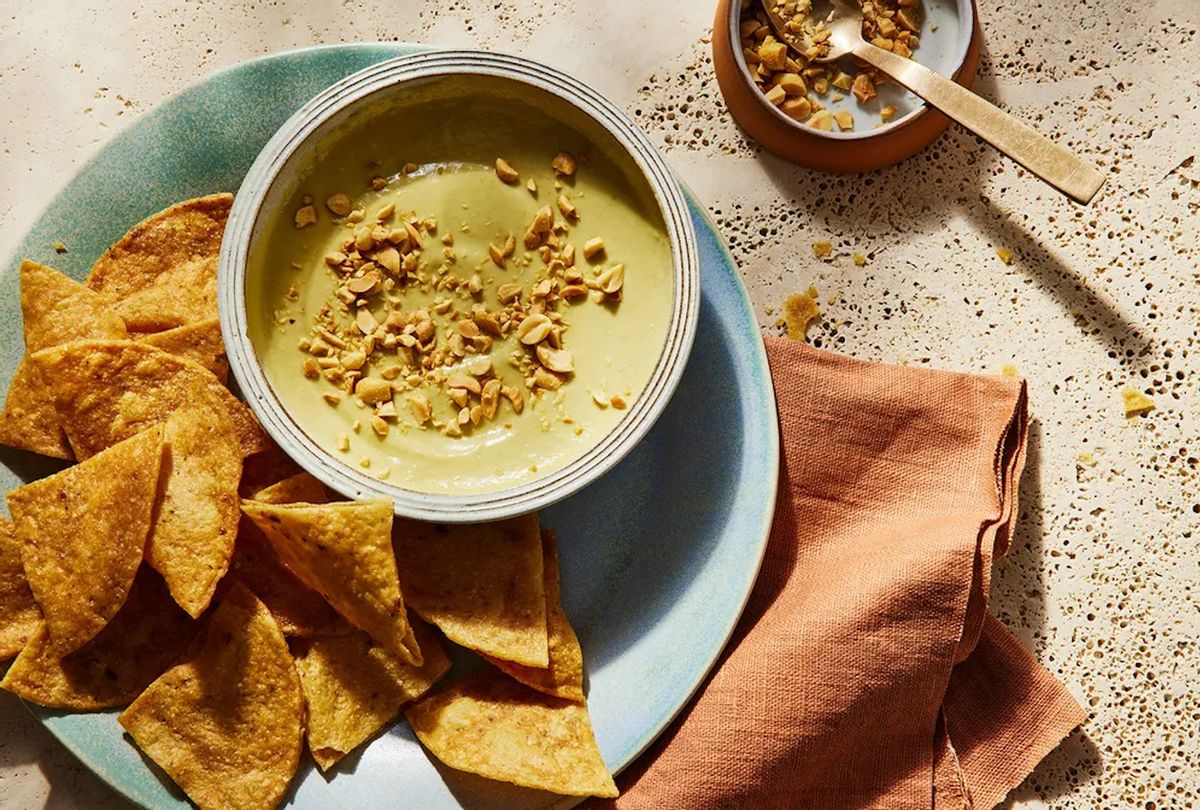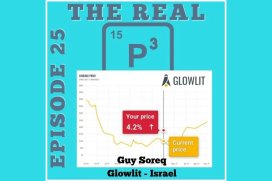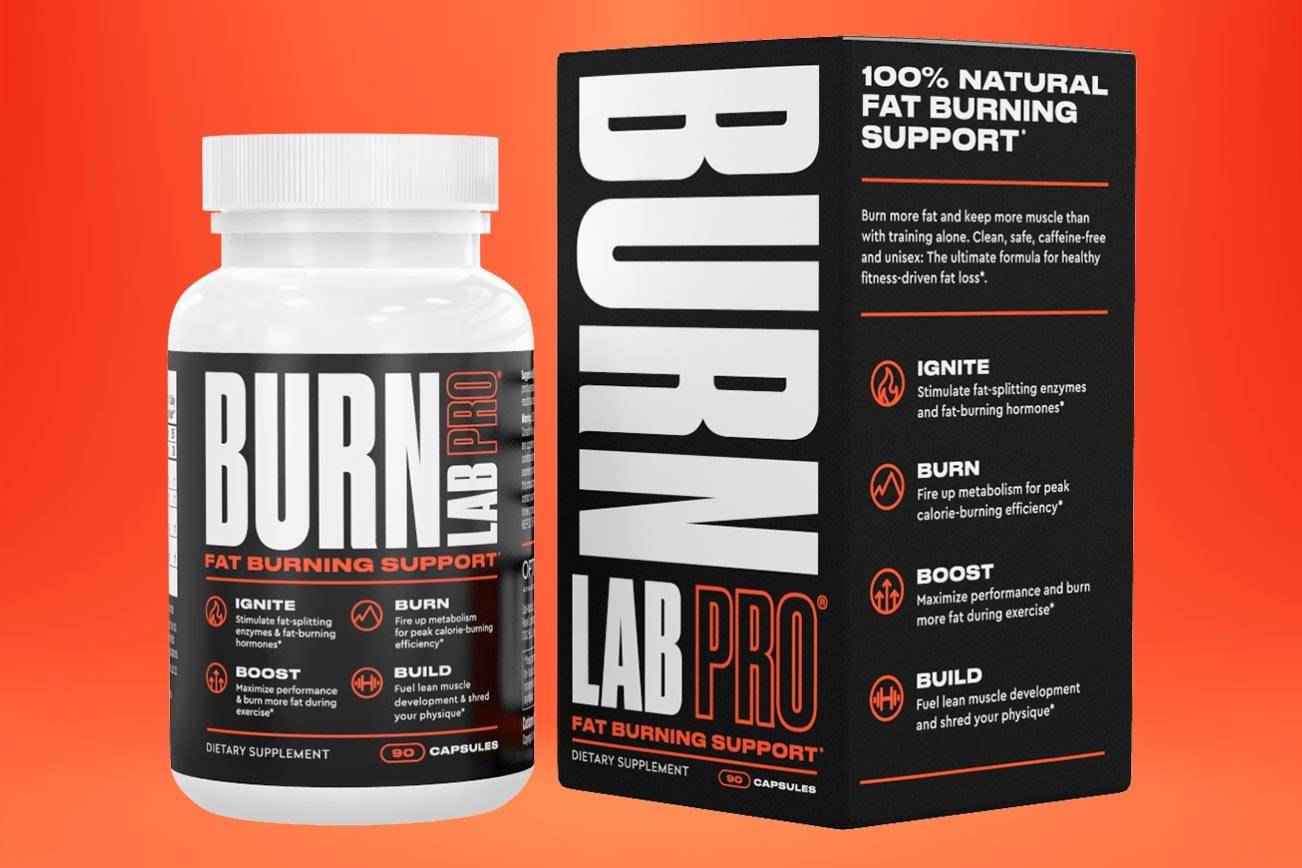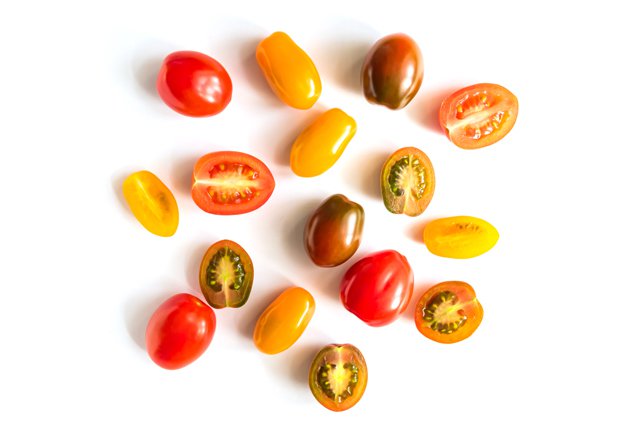What is Burn Lab Pro
Burn Lab Pro, also known as a “fat burner support,” is a supplement that may significantly allow you to reach the fitness and health objectives you have set for yourself when incorporated into a healthy routine.
Launched not too long ago, Burn Lab Pro is a new weight loss supplement developed by Opti-Nutra.
In its drive to offer quality products to the general populace, Opti-Nutra offers various products, including multivitamins, pre-workouts, BCCA supplements, and vegan protein powders.
The manufacturer of this product touts it as a highly effective fat-burning supplement that is entirely plant-based.
With the use of 6 major ingredients, this product is ideal for fasted workouts.
Ingredients in Burn Lab Pro
Chromium: One dose of Burn Lab Pro contains 90mcg of Chromium.It is very usual to find Chromium in supplements of this kind. Chromium supports the regulation of blood sugar and the metabolism of macronutrients.
Calcium: It’s almost certain that you have previously heard about the importance of Calcium. Without enough Calcium, energy release and muscular function may be impaired. Burn Lab Pro contains 262.5mg of Calcium per dose.
HMB: This is a metabolite of an important amino acid known as leucine. A dose of Burn Lab Pro contains 1500 milligrams of HMB, which is scientifically known as “ß-Hydroxy ß-Methyl butyrate.”
Coleus Forskohlii: This is a popular plant that has long been used traditionally in Indian medicine. Trademarked as Forslean, every dose of Burn Lab Pro contains 375mg of this amazing ingredient.
Cayenne Pepper: This ingredient or any other chili extract is a staple in fat-burning supplements. One dose of Burn Lab Pro contains 75mg of this ingredient as Capimax. Burn Lab Pro also contains this ingredient.
Black Pepper Extract: This ingredient is also a staple in weight loss supplements. It is used for its property of enabling the absorption of other ingredients. Burn Lab Pro contains 3.75mg of this ingredient, trademarked as BioPerine.
Additionally, the only other constituents found in the Burn Lab Pro are Rice Concentrate and Pullulan capsule, as indicated on the product’s label.
Burn Lab Pro Features and Advantages
The ingredients in Burn Lab Pro effectively burn down fat and maintain lean muscle mass, particularly during training.
Unlike many other products in this supplement, Burn Lab Pro does not contain caffeine, synthetic chemicals, and stimulants.
Burn Lab Pro is also known to regulate blood sugar levels and reduce hunger.
Fasting and workouts may be challenging and energy demanding. Burn Lab Pro is incredibly effective in providing the body with much-needed energy.
The capsules are packed in recyclable BPA-free containers that are made with a 20% post-consumer material.
The manufacturers adopt sustainable shipping methods. They use cartons that can be recycled and are biologically degradable packing materials.
The manufacturer offers global quick and free delivery for high-volume orders.
How to Use Burn Lab Pro
There are 90 capsules in a bottle of Burn Lab Pro. The supplement is easy to use as you only need to consume two to four capsules at a time. The capsules are best taken without meals and 30 minutes before your workout. With the recommended dose of 4 capsules per day, one bottle will suffice for a total of 22 days.
Side Effects of Burn Lab Pro
The major concern with fat-burning products is typically the possibility of their caffeine content, but since Burn Lab Pro is free of caffeine, you can rest assured that you are safe.
It is advised that you look closely at the list of ingredients of any product before using the product. You might find an ingredient that you are allergic to. And it would help if you made it a point of importance to consult your doctor whenever you are in doubt.
Pregnant women and breastfeeding mothers should not use Burn Lab Pro. It should also not be used by persons who are younger than 18.
Burn Lab Pro Pricing and Moneyback Guarantee
Opti-Nutra offers Burn Lab Pro on the official website in three different purchase offerings in a bid to give you more value. These offerings are:
- One month supply: One bottle selling @ $39
- Two months’ supply: Two bottles selling @ $78
- Four months’ supply: Three bottles selling @ $117
A complete money-back guarantee covers any purchase you make. You can get a full refund if you do not see benefits after 30 days by contacting the company by email at:
Frequently Asked Questions
Q: How to use Burn Lab Pro
A: Consume 2 to 4 capsules at least 15 minutes before the workout for optimum effects.
Q: Is this product safe?
A: Opti-Nutra formulated Burn Lab Pro is intended to be suitable for everyday usage. This is achieved with Burn Lab Pro utilizing pure, powerful constituents properly dosed and adjusted to clinical studies. Burn Lab Pro’s smooth formulation is devoid of genetically modified organic substances. It is also free of artificial colors, gluten, soy, preservatives, and fillers.
Q: Why is Burn Lab Pro® without caffeine?
A: Most fat-burning products contain caffeine and elements that may induce irregular blood pressure and heart concerns. To provide the best value for its customers, the manufacture of Burn Lab Pro has made sure that the formulation is devoid of stimulants. Rather than using caffeine, Burn Lab Pro improves metabolism via non-stimulative ingredients.
Q: Who can use Burn Lab Pro?
A: All weight management routines comprising of healthy foods and workouts are supported by Burn Lab Pro. Anyone above 18 may use the supplement. However, pregnant women and nursing mothers should avoid taking this supplement.
There are no miracle pills when it comes to weight loss, so you need to put in the work and remain persistent if you’d like to burn fat and lose weight.
The unique ingredients of Burn Lab Pro and the dedication of its manufacturers to producing a safe and efficient product that promises to burn fat and retain muscle mass with the support of exercise is what sets this product apart in the market.
Burn Lab Pro may be the ideal option if you engage in high-intensity exercises and want to shed away any resistant fat.
RELATED: Best Weight Loss Pills 2021: Top Fat Burner Diet Supplements
Affiliate Disclosure:
The links contained in this product review may result in a small commission if you opt to purchase the product recommended at no additional cost to you. This goes towards supporting our research and editorial team and please know we only recommend high quality products.
Disclaimer:
Please understand that any advice or guidelines revealed here are not even remotely a substitute for sound medical advice from a licensed healthcare provider. Make sure to consult with a professional physician before making any purchasing decision if you use medications or have concerns following the review details shared above. Individual results may vary as the statements made regarding these products have not been evaluated by the Food and Drug Administration. The efficacy of these products has not been confirmed by FDA-approved research. These products are not intended to diagnose, treat, cure or prevent any disease.
In consideration of how we voice our opinions in the modern world, we’ve closed comments on our websites. We value the opinions of our readers and we encourage you to keep the conversation going.
Please feel free to share your story tips by emailing editor@redmond-reporter.com.
To share your opinion for publication, submit a letter through our website https://www.redmond-reporter.com/submit-letter/. Include your name, address and daytime phone number. (We’ll only publish your name and hometown.) We reserve the right to edit letters, but if you keep yours to 300 words or less, we won’t ask you to shorten it.
Adblock test (Why?)
Burn Lab Pro Review: Fat Burner Ingredients That Truly... - Redmond Reporter
Read More




















